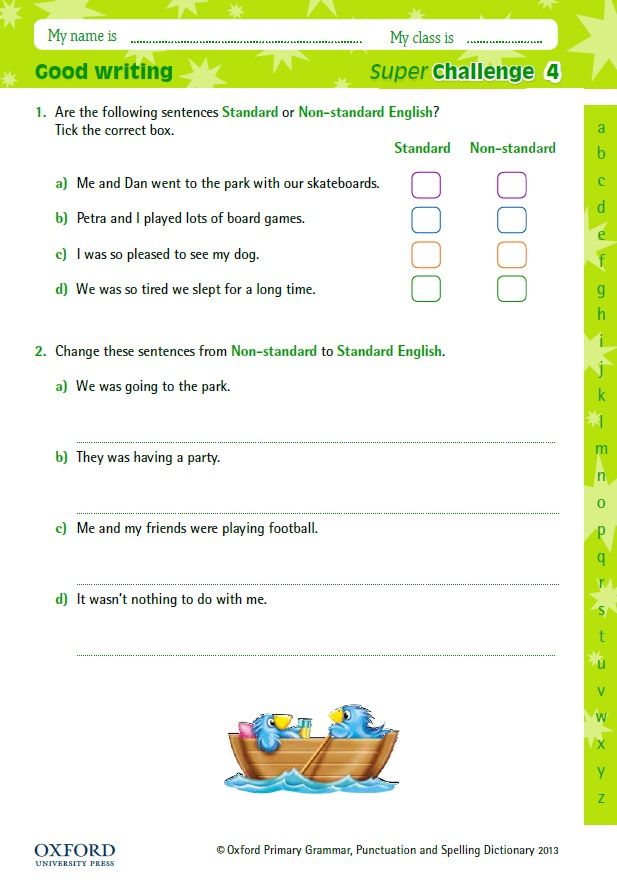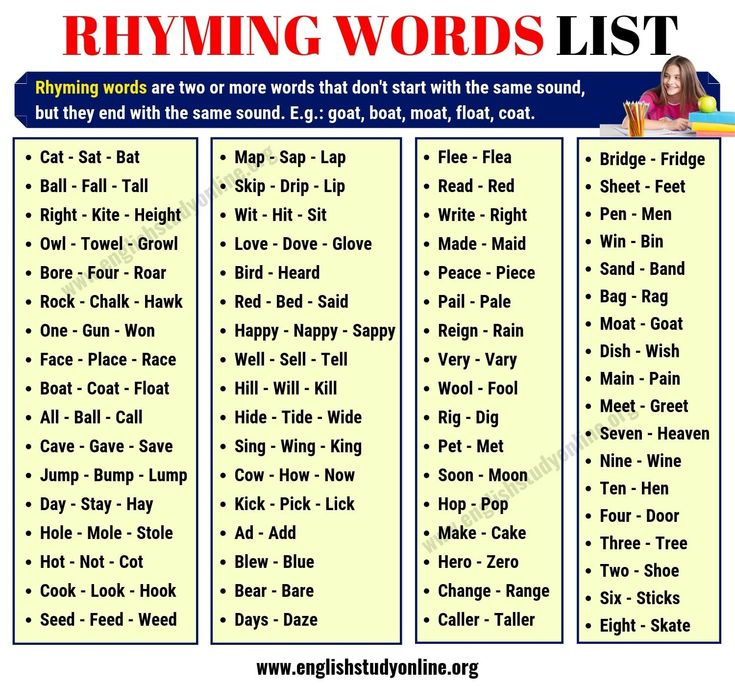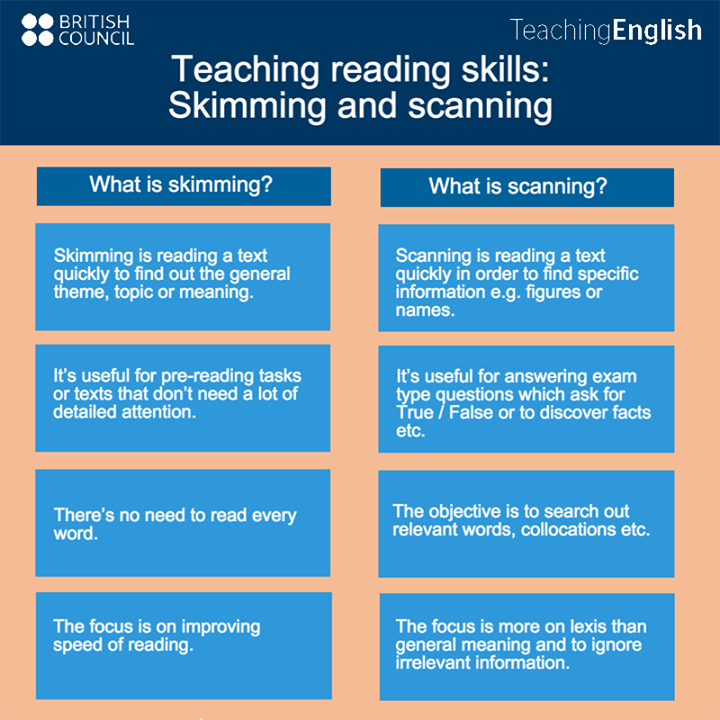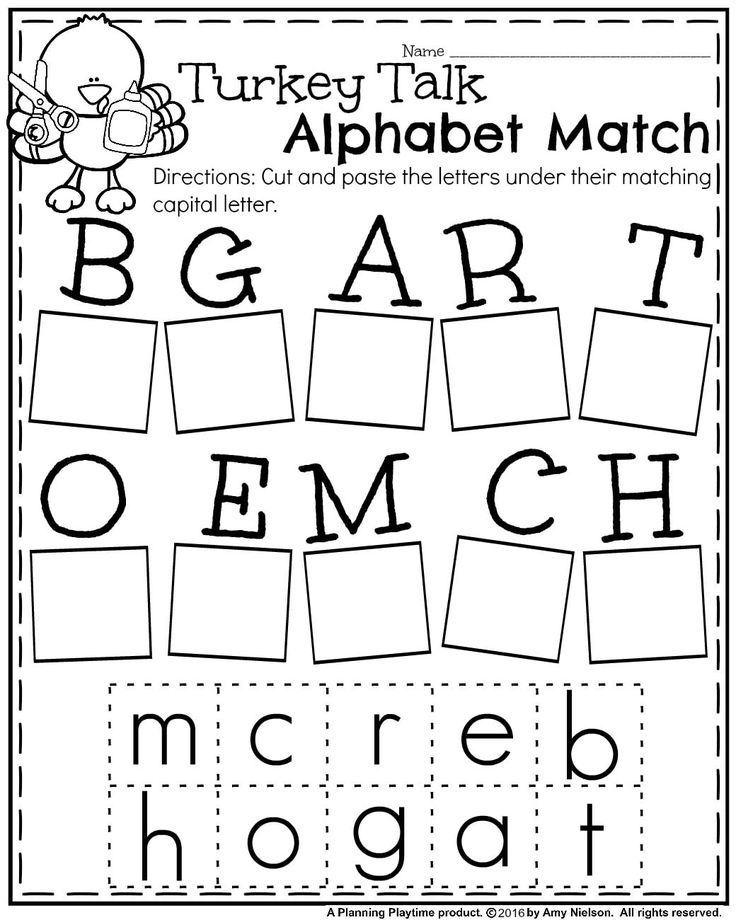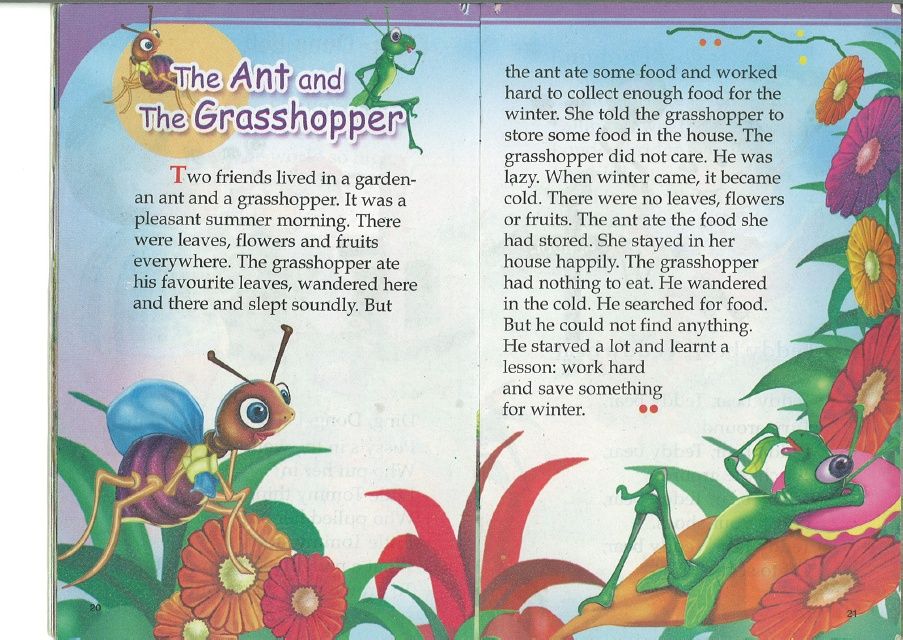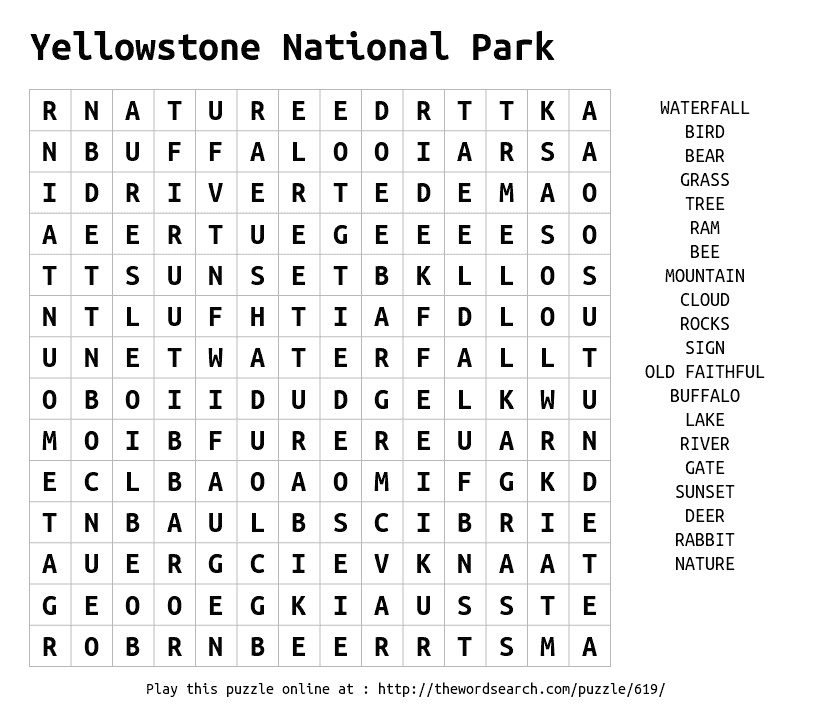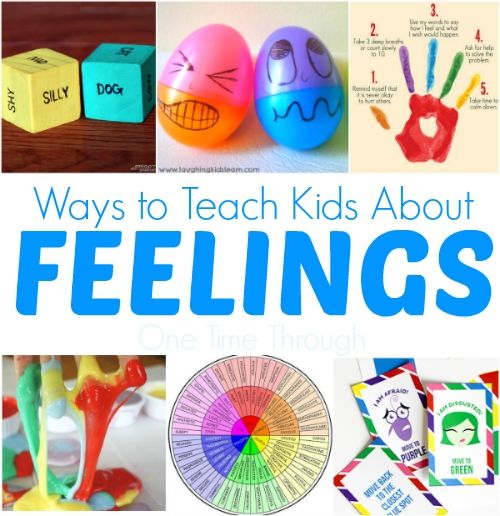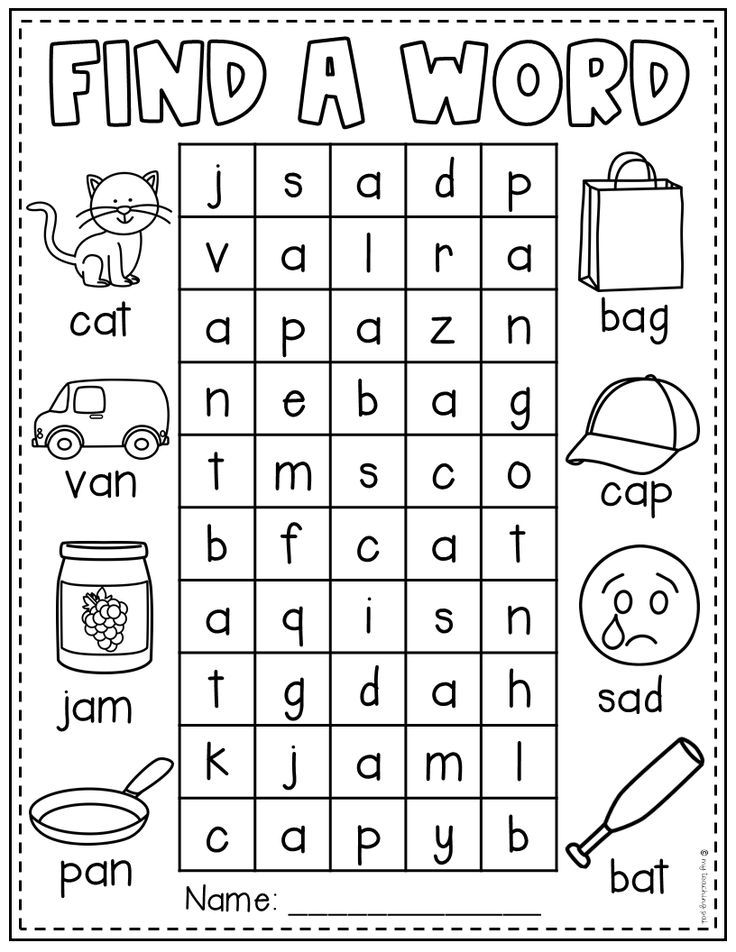Spelling games primary
Classroom Spelling Games for Grades 2-6
Looking for an engaging spelling game to play with your students? Look no further! We’ve collected together a fun list of classroom spelling games suitable for students in grades two to six.
1. Buzz Off Spelling Game
Have students stand in a circle. Choose a person to start and say the word to spell. In succession moving from person to person around the circle, each student says the next letter in the word until the entire word is spelt. The next student says ‘buzz’ and then the next ‘off’ and that final student sits down. Any student whose letter misspells the word also has to sit down. Keep playing until only one student remains standing.
2. Spelling Team Tic Tac Toe #1
Divide students into two teams. Draw a large tic tac toe grid on the whiteboard. Students from each team take turns to orally spell an allocated word correctly. If they are correct, they add an x or o to the grid for their team. First team to three in a row wins the round.
3. Spelling Team Tic Tac Toe #2
Divide students into two teams. Draw a large tic tac toe grid on the whiteboard. Give each team a different coloured whiteboard marker. Students from each team take turns to spell an allocated word directly onto their choice of square on the tic tac toe grid. If they spell the word incorrectly it is erased. First team with three correctly spelled words in a row wins the round.
4. Snowball Spelling Game
Onto a small sheet of white paper write the grapheme for a sound the class has been studying, e.g. ‘ir.’ Scrunch the paper up into a ball. Throw the paper ball to a child who must unwrap the paper and say a word containing that sound. The child then throws the paper ball to another child who has to spell the word. They then throw the ball to another child who has to say a sentence that includes the word. They then throw the ball to another child who starts the sequence again with a new word that includes the sound.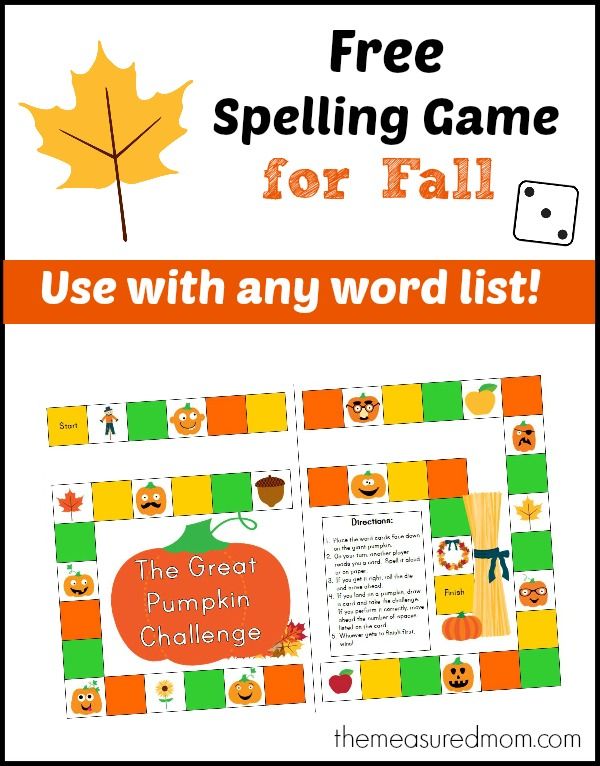
5. Spelling Swat It!
Divide students into two teams. Write the spelling words randomly onto the whiteboard.
Stand the first two players, with their backs to the board, a short distance in front of it. Give them each a plastic fly swat.
Call out a clue to identify the spelling word. For example, “This word means…” or “Rhymes with …” The two players must then race to be the first to swat the correct word on the board. The winner must then turn away from the board and spell the word correctly to win a point for their team.
6. Spelling Word Relay
Divide the students into teams. Each team lines up a short distance away from the whiteboard, facing the board. The first person in each team starts with a whiteboard marker.Call a word for the students to spell. The first student in each team races to the board and writes the first letter of the word and then runs back to pass the marker on to the next team member who writes the next letter of the word, and so on.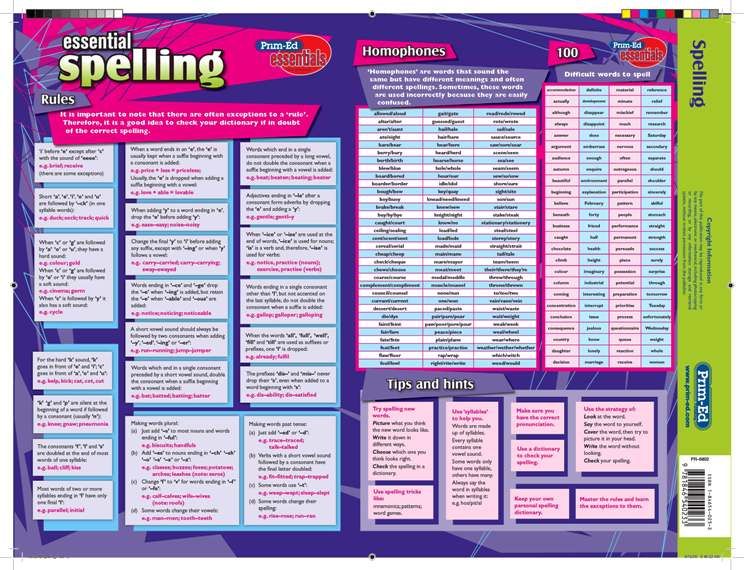 Team members can correct an incorrect letter on their turn but they may not add a new letter. The first team to correctly spell the word scores a point.7. Spelling Who Am I?
Team members can correct an incorrect letter on their turn but they may not add a new letter. The first team to correctly spell the word scores a point.7. Spelling Who Am I?
Write each spelling list word onto a post-it note. Divide students into two teams. The first student from the first team sits on a chair at the front of the room, facing the rest of her team. Place the first post-it note onto the student’s forehead. The goal is for the chosen student’s teammates to give him or her clues to what the word on his forehead is, without revealing the word directly. They can use rhyming words, synonyms, antonyms, guestures, etc. After they guess the word correctly, the student then has to spell the word. If they spell the word correctly, they score a point for their team. Repeat with the first team member from the second team, and so on.
8. Unscramble
Line students up into two or three teams facing the class whiteboard. The first person in each team has a personal whiteboard and a whiteboard marker and an eraser and turns to face away from the class whiteboard. Write a jumbled version of the first spelling word on the class whiteboard. On ‘Go!’ the team members turn to face the board. The first of these students to write the unjumbled word (spelled correctly) onto their personal whiteboard and holds it up to the teacher wins a point for their team. They then pass the whiteboard onto the next team member and play continues with a new jumbled word for each round.
Write a jumbled version of the first spelling word on the class whiteboard. On ‘Go!’ the team members turn to face the board. The first of these students to write the unjumbled word (spelled correctly) onto their personal whiteboard and holds it up to the teacher wins a point for their team. They then pass the whiteboard onto the next team member and play continues with a new jumbled word for each round.
9. Missing Letters
Played in the same manner as Unscramble but the words are written onto the classroom whiteboard with blank lines in the place of some of the letters. For example, b_c_ _se for the word because.
10. Invisible Man
Line students up into two teams facing the whiteboard. Draw two large stick people on the whiteboard, one in front of each team, each must have the same number of body parts. Call out a word for the first member of team one to spell. If they spell it correctly they may erase one body part from the other team’s stick person. Call out a word for the first member of team two to spell, and continue on until one team’s stick person is completely erased. The erasing team is the winner!
Call out a word for the first member of team two to spell, and continue on until one team’s stick person is completely erased. The erasing team is the winner!
11. Spell-O
Each student chooses five spelling words and writes them onto a piece of paper. Write the alphabet in large print across the whiteboard. Cross out the letters of the alphabet, one by one. As each letter is crossed out, students cross out that same letter as it appears in each of their own words. First student to cross out all of the letters in all of their words wins.
12. Dictionary Challenge
This game works best with students in the upper elementary/primary grades. Divide students into teams. Each team will need a dictionary. Students choose a player from their team to go first. Call out a word. The elected students from each team race to be the first to find the word in the dictionary. The person who succeeds scores a point for their team. The dictionary is then passed to the next person in each team and the process repeated.
Christie Burnett is a teacher, presenter, writer and the mother of two. She created Childhood 101 as a place for teachers and parents to access engaging, high quality learning ideas.
9 Fun DIY Spelling Word Games for the Classroom
DESCRIPTION
spelling word game with letter pieces
SOURCE
CraigRJD / iStock / Getty Images Plus
PERMISSION
Used under Getty Images license
Spelling can be fun to practice in the classroom. These spelling games are perfect for specific spelling words or for reinforcing spelling rules in class. Keep reading to find ideas for fun spelling word games for all levels.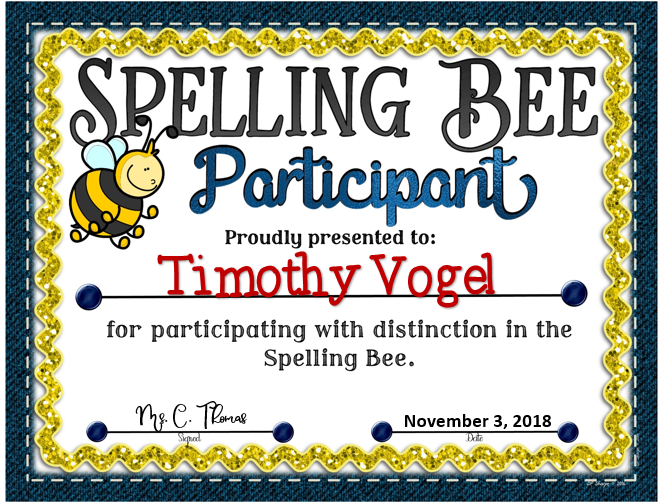
Baseball Spelling
Everyone loves a nice game of baseball! Use baseball terminology and rules to reinforce important spelling words in your language arts lesson.
- Draw a baseball diamond on the board (home, first, second, third plates).
- Split the class into two teams. Assign one team as the fielding team and the other as the batting team.
- Have each team write up a “batting order” that includes everyone’s names.
- Have the fielding team choose one “pitcher” to read the words.
- The pitcher reads the first word to the person who is listed first on the batting team’s batting order.
- If the batter gets the word right, they’re on first base. You can indicate this on the whiteboard baseball diamond.
- The pitcher reads the next word to the next batter. If they get it right, they move to first and the previous batter moves to second.
- If someone spells a word wrong, they strike out. When there are three strikeouts, the teams switch and the fielding team gets to “bat.
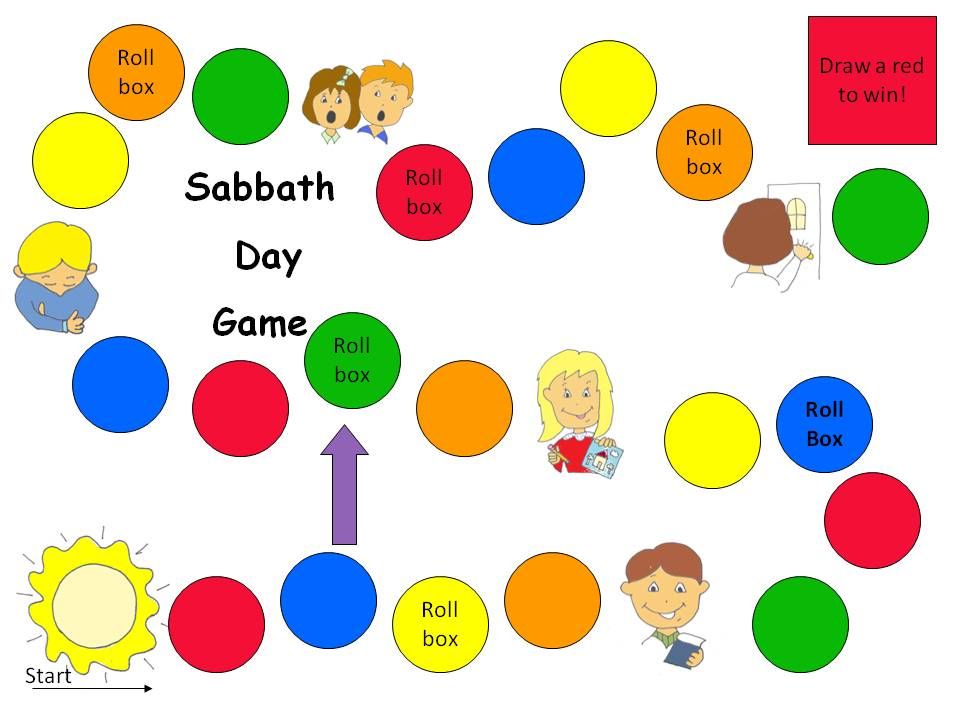 ”
”
Play as many innings as you need for everyone to get a turn and to review all the spelling words. Students can either stand in front of the class when they’re “at bat,” or they can spell from their seats.
Advertisement
Board Races
Students love writing on the board, running in the classroom and competing against each other – it’s a perfect fit! You can play board races with any subject, but it’s especially helpful for spelling because it’s so visual.
- Split the class into two or three teams, depending on how many students you have.
- Read the first word on the spelling list.
- The first student on each team races up to the board and writes out the word with its proper spelling. This includes capitalization for proper nouns.
- Whoever spells the word correctly (and legibly) gets a point for their team.
- Repeat the game until you’ve run through all the spelling words a few times.
For an extra challenge, use alphabet magnets instead of dry-erase markers for students to arrange in the correct spelling.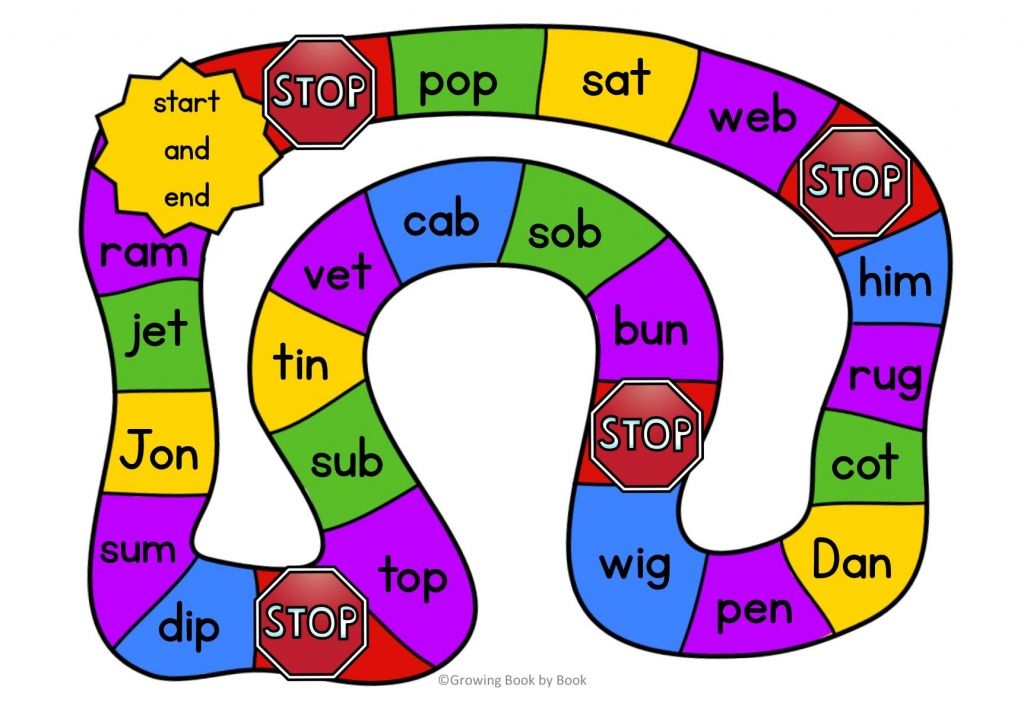 You can also use this game to practice dictionary skills by calling out extra hard words that they’ll need to look up.
You can also use this game to practice dictionary skills by calling out extra hard words that they’ll need to look up.
Advertisement
DESCRIPTION
word game using alphabet magnets on board
SOURCE
RoterPanther / iStock / Getty Images Plus
PERMISSION
Used under Getty Images license
Catch the Spelling Word
Work on your students’ hand-eye coordination as well as their spelling. All you need is a spelling list and something soft to throw back and forth.
- Divide the class into small groups of 4-5 people.
- Get an inflatable ball, stuffed animal or anything that students can throw without hurting each other for each group.
- Have one group come to the front of the class with the ball.
- Set a timer for one minute.
- Read the first spelling word.
- The student with the ball says the first letter of the word.
- If it’s correct, they toss the ball to another student, who says the next letter.
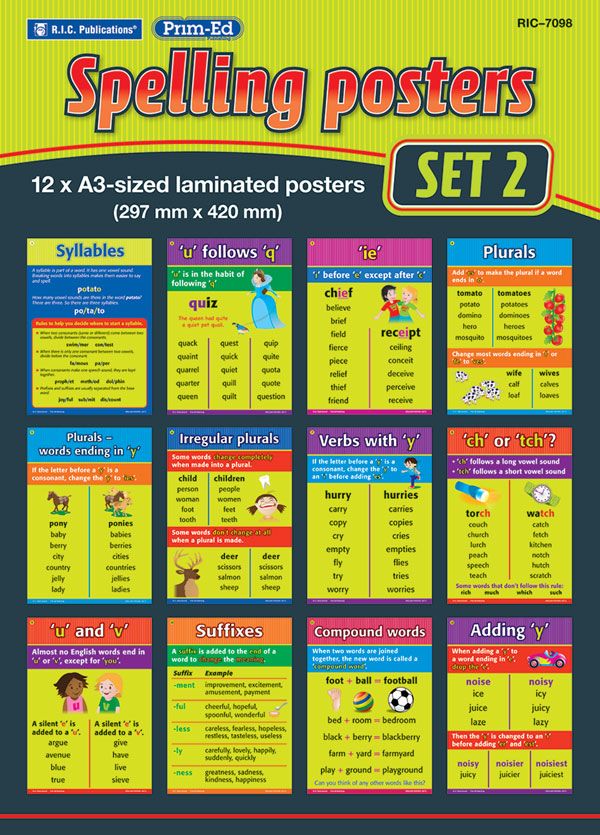
- If it’s incorrect, they sit down and the next group stands up.
- If they drop the ball, they sit down.
- Once they’ve correctly spelled the word, read the next word.
- Repeat until the group’s minute is up. The group gets points for every word it has successfully spelled.
- Have the next group come to the front of the class.
You can adapt the game for groups to play at the same time or even for pairs to play. Middle and high schoolers may especially enjoy the physical part of tossing the ball back and forth.
Advertisement
Disappearing Spider
Disappearing spider is played like hangman (or hang spider) in reverse. This is an entertaining and competitive game that is perfect to play right before a spelling test.
- Split the class into two teams.
- Draw two stick-figure spiders on the board, each with the same 10-15 body parts.
- The first person on the first team says the word, spells it and says it again.
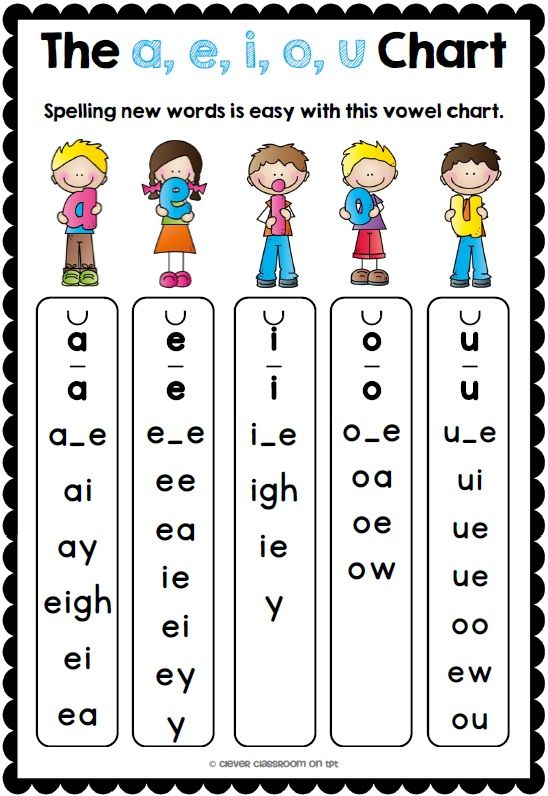
- If they are correct, they erase one part of the other team's spider. If the word is spelled wrong, it is the next team's turn. Keep going until one spider is no longer visible on the board.
If your class wants to be more creative, have them choose another animal to be their team mascot. One student can draw the animal on the board, and the other team can erase parts of it when they get the spelling words right.
Advertisement
DESCRIPTION
spider for spelling word game
SOURCE
RKaulitzki / iStock / Getty Images Plus
PERMISSION
Used under Getty Images license
Kaboom
If you need a whole-class spelling game to play with a list of spelling words, try kaboom. This game requires enough Popsicle sticks for every student to have at least two.
- Write the spelling word on Popsicle sticks and put them in a cup. For every five words, add a stick with "KABOOM" on it.
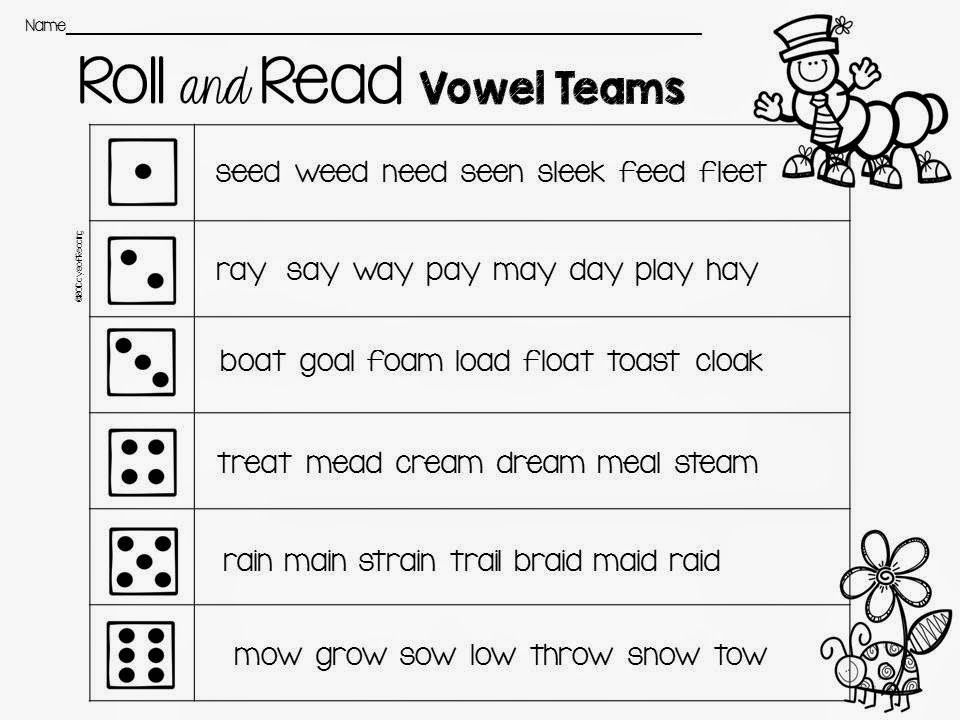 If there are 20 words, there would be four extra “KABOOM” sticks.
If there are 20 words, there would be four extra “KABOOM” sticks. - The first student picks a stick without looking and hands it to the teacher.
- The teacher reads the word. The student spells it out loud.
- If the student spells it correctly, they keep the stick. If they spell it wrong, the stick goes back into the jar.
- When a student picks the “KABOOM” stick, they have to put all the sticks that they have collected back into the pile.
- The game is over when there are no sticks left in the jar. The student with the most Popsicle sticks is the winner.
If you don’t have Popsicle sticks, you can use pieces of paper or other supplies. You can also assign a student judge who has all of the words available to double-check their classmates’ answers.
Advertisement
Sparkle
Sparkle is a great game to practice spelling with a little competition. You can play sparkle as a whole class or split the students into smaller groups.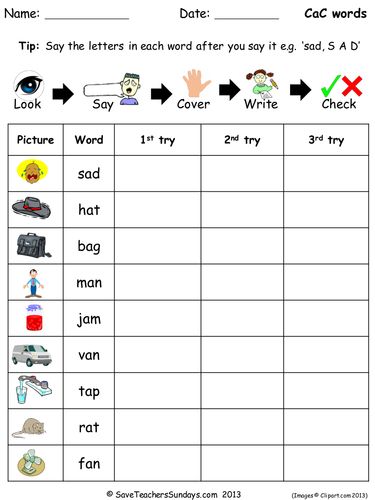 It’s also a great way to pass the time when students need to wait in line for a long time.
It’s also a great way to pass the time when students need to wait in line for a long time.
- Have students stand in a circle or straight line.
- Choose a student to call words out or call them out yourself. For example: “window.”
- When the first word is called out, the first person starts spelling it, saying only the first letter (“w”).
- The second person says the second letter (“i”). If a student says the wrong letter, they sit down or leave the circle.
- The third person says the third letter (“n”) and so on, until the word is spelled correctly.
- Whoever says the last letter of the word turns to the next person and says "Sparkle!” The person who would have been next is out because he or she got "sparkled."
The game continues with the leader calling out another word. The game continues until everyone is out except for one player, who is the winner.
DESCRIPTION
sparkle magic wand for spelling word game
SOURCE
artpartner-images / The Image Bank / Getty Images
PERMISSION
Used under Getty Images license
Spelling Bee
Little kids can participate in a spelling bee game without the pressure of competition. This elementary spelling game is fun for young readers and older elementary students alike.
This elementary spelling game is fun for young readers and older elementary students alike.
- One student is the bee and buzzes around the room while the students chant: "Buzz, buzz, spelling bee, you can't sting me!”
- The bee stops behind a desk and the teacher gives that student a word to spell.
- If the student spells it correctly, then the bee has to sit down and the student is the new bee.
- If the student is wrong, the whole class spells it together.
- Continue until every student has a chance to spell.
Another thing to do to keep the other students involved is to have them do a "thumbs up" or "thumbs down" after the student spells the word. You can also have the students sit in a circle in a similar way to the game duck, duck, goose.
Step and Spell
Step and spell uses a shower curtain that has the letters of the alphabet taped or written on it. You’ll also need a "start" and "finish" spot written onto the shower curtain.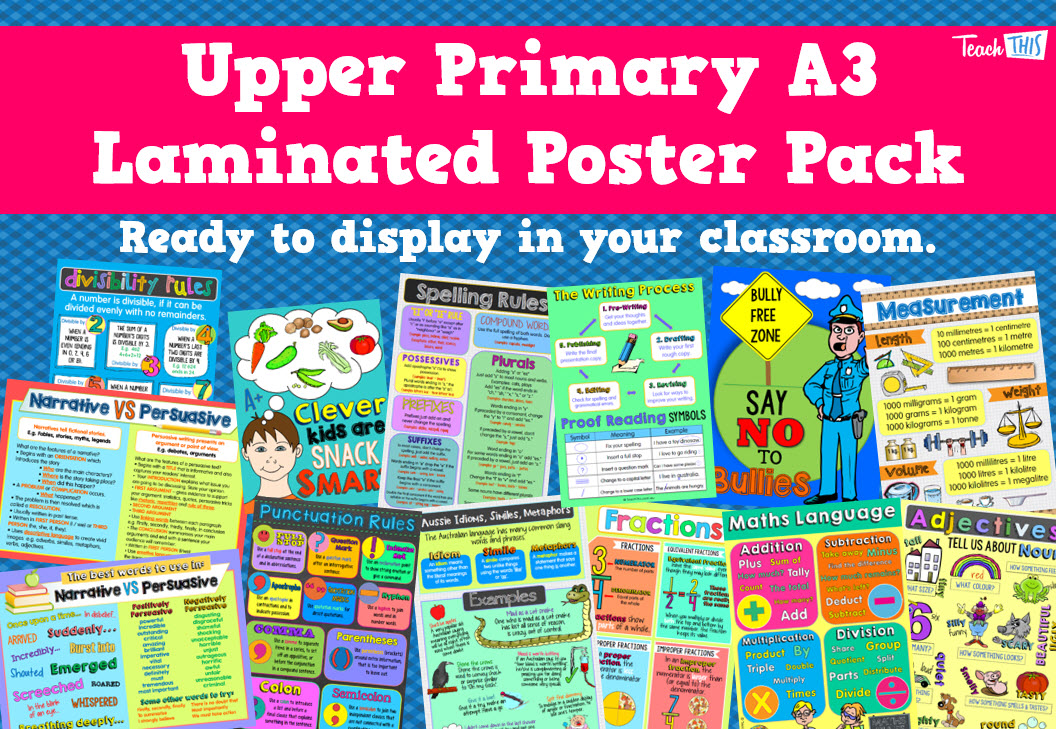
- Spread out the shower curtain on the floor.
- The students sit on the floor around the shower curtain.
- One student stands on the "start" box. The teacher reads the first spelling word.
- The student goes to the first letter of the word, stands on it, says the letter, and goes on to the next one, finishing on the "finish" box.
- If they make a mistake, they start all over again.
For an extra challenge, arrange the letters on the shower curtain in keyboard (QWERTY) order. If you don’t have a shower curtain, you can write the letters on pieces of paper and spread them on the floor. If you’d like to play outside, write letters in chalk on the asphalt and have kids jump to the right ones.
Treasure Words
Spelling words correctly can be a treasure, but students don’t always know that! Send them on a treasure hunt for new spelling words with a game of treasure words.
- Write the spelling words on index cards and hide them in plain sight all over the room.
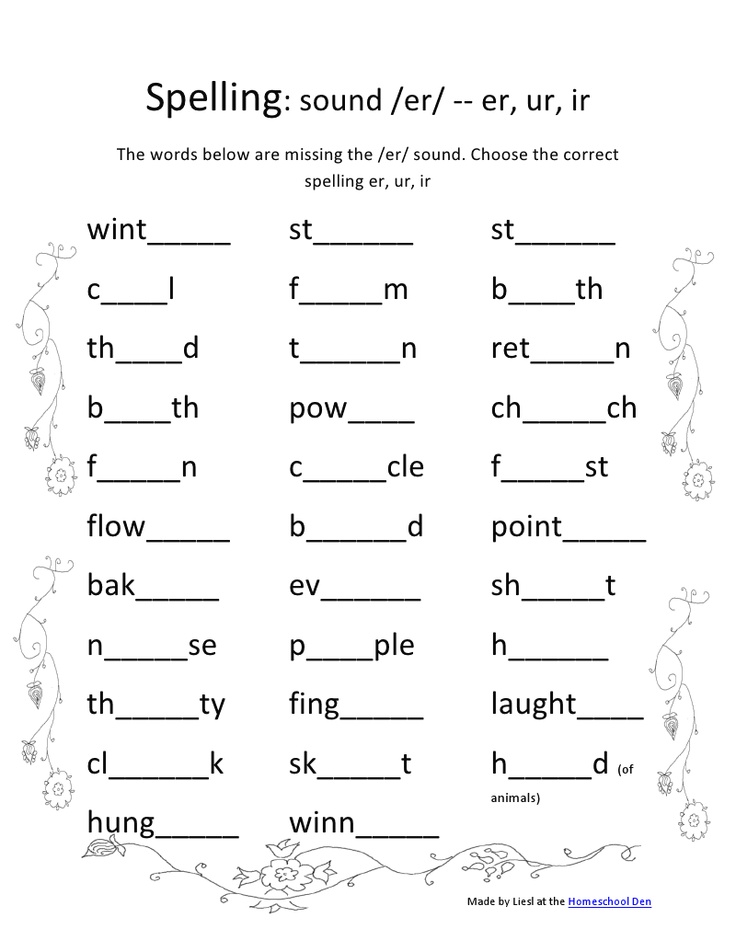 You can tape them to walls, windows or wherever.
You can tape them to walls, windows or wherever. - Put the students in pairs and give each pair a spelling list.
- They find the word and one student turns his back to the word and spells it.
- The second student puts a check by the word if it was spelled correctly. Then they switch places and do it again.
- If the student spells it wrong, have them look at it again and do it over.
- By the end of the game, they will have two checks by each word.
This is a great activity because the students are seeing, saying and hearing the word. It’s best used when introducing spelling words to the class at the beginning of the week or a language arts unit.
Games Make Language Arts Fun
Drilling spelling words is boring for students, making it ineffective. Engaging class activities help students internalize spelling rules and practice high-frequency words. Use this list of fun spelling games for the whole class and small groups.
After playing these games in class, students are sure to enjoy language arts a lot more. Keep the fun going with these cool grammar activities, or reinforce parts of speech with a collection of noun games.
Keep the fun going with these cool grammar activities, or reinforce parts of speech with a collection of noun games.
Game technologies in English lessons in elementary school using the Wordwall interactive platform
Kotinos Ye.A.
MBOU "School-Lyceum No. 2", Belogorsk, Republic of Crimea
Game technologies in English lessons in elementary school using the Wordwall interactive platform
The article discusses the specifics of using game technologies based on the interactive platform Wordwall at English lessons in elementary school. The concept of the game was studied, the classification of games was analyzed, the role of the game with the use of information and communication technologies in the framework of the educational process was determined. The functionality of the Wordwall platform for creating interactive exercises is considered. A number of examples of created exercises are given.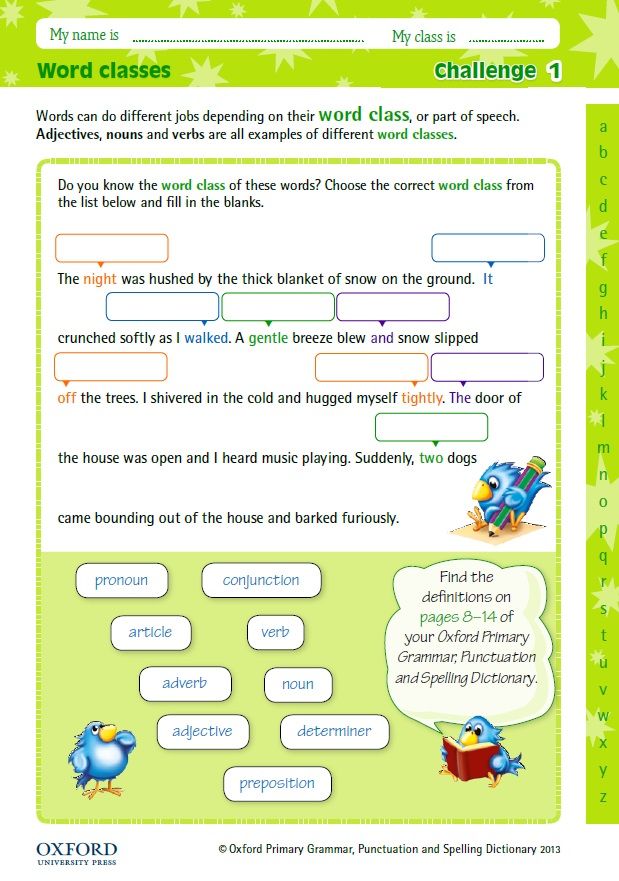 nine0005
nine0005
Key words: game technologies, method, learning technique, interactivity, Wordwall interactive platform, educational process, innovation.
The importance of knowing English in the modern world is really great. More recently, it was a foreign language for us, and today it is international. In all countries of the world, learning English is of great importance.
One of the main tools for teaching English in elementary school is the game. It is used to instill students' interest in the subject from the very first lesson, as well as to make the lesson interesting and memorable. The educational possibilities of the game have been known for a long time [3, p. 38-41]. The effectiveness of using the game method was noted by many scientists involved in the methodology of teaching foreign languages: L. S. Vygotsky, A.N. Leontiev, D.B. Elkonin and others. This is explained by the fact that in the course of the game the abilities of any person, especially a child, are especially fully and sometimes unexpectedly manifested.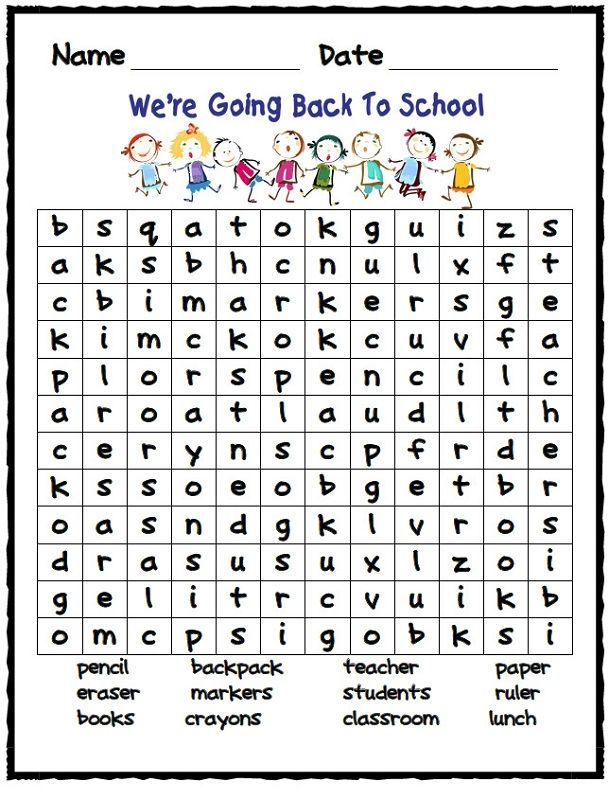 The game is a powerful stimulus to mastering the language. The use of games and game techniques in foreign language lessons helps to create a friendly atmosphere in the classroom, remove the psychological barrier, and increase motivation to learn the language. In the game, the abilities of the child, his character are most fully manifested. The game helps to involve even shy children in the educational process, since it is in the process of playing activity that the child can better reveal his potential [1]. Moreover, a student who is weak in language training can become the first in the game: resourcefulness and ingenuity here sometimes turn out to be more important than knowledge of the subject. In the course of the game, the language material is assimilated imperceptibly. When using game technologies in the educational process, the teacher must remember that the choice of the form of the game must be didactically justified and correspond to the age and psychological characteristics of children [2, p.
The game is a powerful stimulus to mastering the language. The use of games and game techniques in foreign language lessons helps to create a friendly atmosphere in the classroom, remove the psychological barrier, and increase motivation to learn the language. In the game, the abilities of the child, his character are most fully manifested. The game helps to involve even shy children in the educational process, since it is in the process of playing activity that the child can better reveal his potential [1]. Moreover, a student who is weak in language training can become the first in the game: resourcefulness and ingenuity here sometimes turn out to be more important than knowledge of the subject. In the course of the game, the language material is assimilated imperceptibly. When using game technologies in the educational process, the teacher must remember that the choice of the form of the game must be didactically justified and correspond to the age and psychological characteristics of children [2, p. 82]. nine0005
82]. nine0005
Games can be used at different stages of working on language material: when getting acquainted with new material, when consolidating knowledge, skills and abilities acquired in previous lessons, as well as when repeating and systematizing what has been studied.
Currently, in the methodological literature, there are a large number of classifications that systematize the types of educational games in accordance with certain classification criteria. Typologies of games are built depending on the goals, objectives of the educational game, the form of holding and the number of participants [4, p. 64-66]. I would like to dwell on the following types of language games:
phonetic (training students in pronouncing English sounds; the teacher's task is to teach students to read loudly and clearly (games - riddles, games - imitations, games - competitions, games with objects, games for attentiveness),
spelling (writing English words) ,
lexical (activate students' speech and thought activity),
grammatical (the use of speech samples containing certain grammatical aspects - the verbs be, have, can, the there is construction, the verb forms of the Simple group, etc. ),
),
communicative games (teach students to express thoughts in their logical sequence; develop speech response in the process of communication).
Implementation of the ideas of modern education requires the development of special methods and organizational forms of education. Particular attention in the learning process is paid to the impact of new teaching aids on the personality of students. At present, the use of gaming computer technologies (especially in the process of distance learning) in combination with didactic opportunities, such as visual presentation of information, providing feedback between the curriculum and the child, ample opportunities to encourage the right actions, an individual style of work and etc. [5, p. 186]. The use of computer technology allows you to combine gaming and learning activities, and make lessons interesting, effective and mobile. nine0005
Interactive Wordwall as a resource for creating games Wordwall is an interesting tool for creating both interactive and printed materials.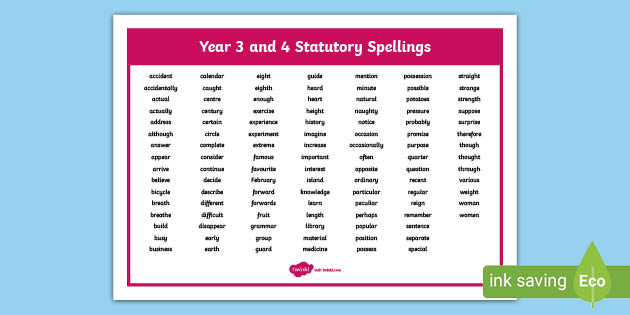 This service has a Russian version. Interactive exercises are played on any device with Internet access: on a computer, tablet, phone or interactive whiteboard. Printed versions can be printed and used as self-study assignments. There are many templates on the platform that help you create didactic materials. These templates include familiar didactic games that are often found in teaching practice. Let's take a quick look at how to create an interactive exercise. To create their own learning assignment, the teacher selects a specific template and then enters their assignments. Creating a task does not take much time. The teacher has a small text editor at his disposal, with which you can use various options for entering a font, insert a symbol or a mathematical formula. The game exercise can be implemented on the site or sent as a link to students. Assignments can also be personalized and the results of each student's work can be tracked. There are many templates on the site and here are some of the names of them: random wheel, find a pair, maze chase, true or false, put in order, anagram, quiz, etc.
This service has a Russian version. Interactive exercises are played on any device with Internet access: on a computer, tablet, phone or interactive whiteboard. Printed versions can be printed and used as self-study assignments. There are many templates on the platform that help you create didactic materials. These templates include familiar didactic games that are often found in teaching practice. Let's take a quick look at how to create an interactive exercise. To create their own learning assignment, the teacher selects a specific template and then enters their assignments. Creating a task does not take much time. The teacher has a small text editor at his disposal, with which you can use various options for entering a font, insert a symbol or a mathematical formula. The game exercise can be implemented on the site or sent as a link to students. Assignments can also be personalized and the results of each student's work can be tracked. There are many templates on the site and here are some of the names of them: random wheel, find a pair, maze chase, true or false, put in order, anagram, quiz, etc.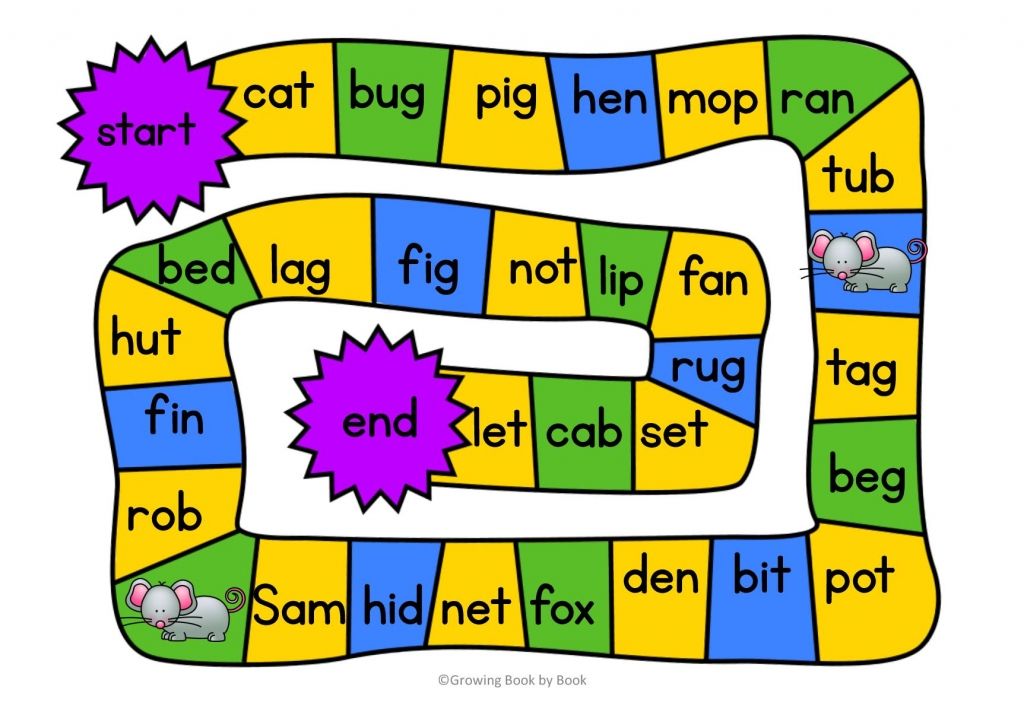 All types of created game exercises are suitable for working with an interactive whiteboard. Also, the teacher does not need to download anything to use these games, only Internet access is needed to go to the site and enter the name of the game. This platform is very convenient in the process of learning a foreign language. It has great functionality, it is easy to use, the teacher does not need to have any special skills and abilities. In addition, didactic materials from this platform can be used with any type of activity, both in individual work and in group and pair work. nine0005
All types of created game exercises are suitable for working with an interactive whiteboard. Also, the teacher does not need to download anything to use these games, only Internet access is needed to go to the site and enter the name of the game. This platform is very convenient in the process of learning a foreign language. It has great functionality, it is easy to use, the teacher does not need to have any special skills and abilities. In addition, didactic materials from this platform can be used with any type of activity, both in individual work and in group and pair work. nine0005
We have developed a system of various games using ICT on the Wordwall platform, which contribute to a more effective achievement of the planned results of the English language teaching program in elementary school. The examples of games that we offer that can be used in an English lesson in elementary grades can be divided into 3 blocks:
grammar games:
game "Translate correctly"
Purpose: grammar development through the search for an equivalent translation.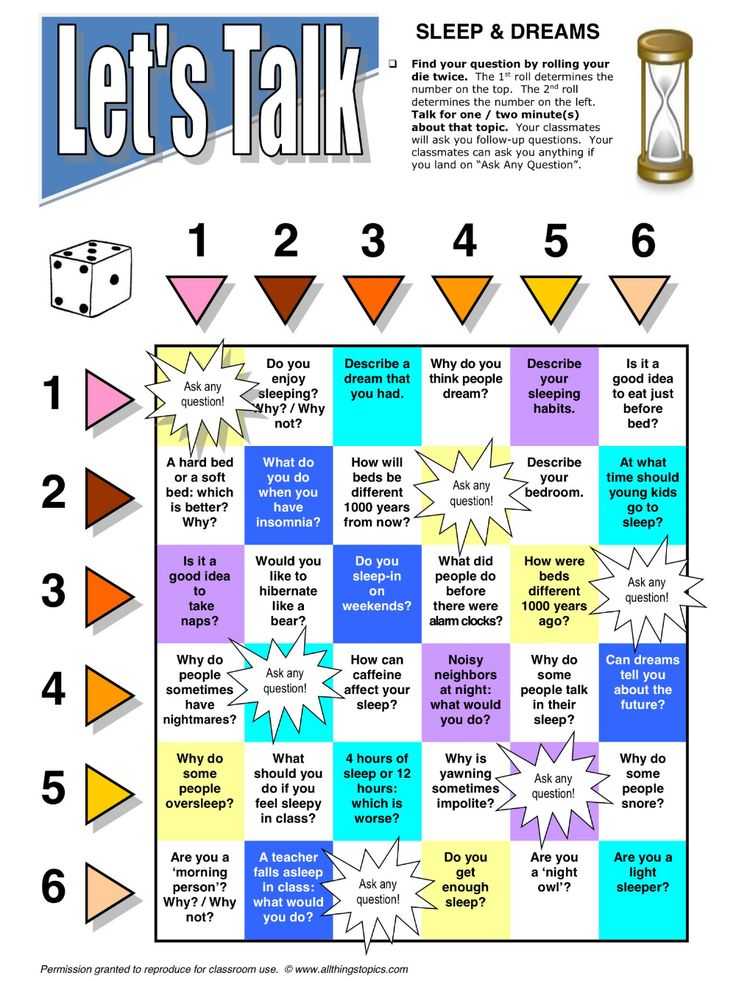 The teacher displays the text with verbs in Present Continuous on the screen, the students are given sentences in Russian. For example: he picks flowers. Children need to find this sentence in the text. nine0005
The teacher displays the text with verbs in Present Continuous on the screen, the students are given sentences in Russian. For example: he picks flowers. Children need to find this sentence in the text. nine0005
game “Where is the…”
Purpose: practicing the grammatical structure of Where is the… On the screen we see the following question: Where is the school? Students need to read the question and answer it correctly based on the sample. It is recommended to use this game at the stage of primary development of grammatical skills.
spelling:
game "Appearance: make a word"
Purpose: practicing vocabulary on the topic and correct spelling of words. On the screen, students see a word, but the letters are scattered randomly, the student goes to the board and rearranges the letters in the correct order until the desired word on this topic is obtained and the program shows the correct execution.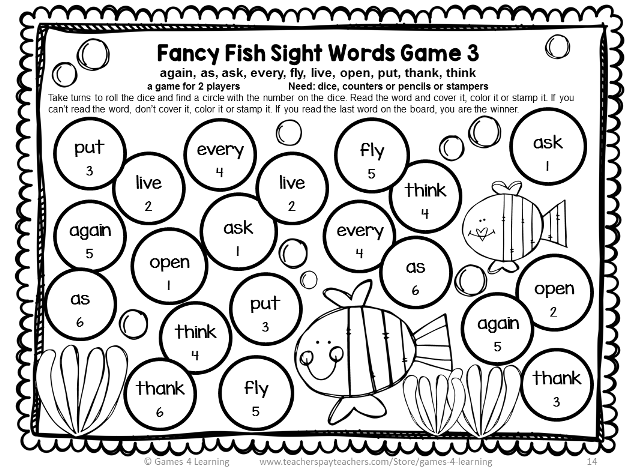 nine0005
nine0005
game "Find couple"
Purpose: to form students' spelling skills, develop attention, imagination, logic and flexibility of thinking. The screen shows 6 irregular verbs in the first form, an irregular verb appears on the moving tape, the student of the six verbs must choose the correct verb to the original word. It is advisable to use this game at the stage of generalization and systematization of the acquired knowledge.
vocabulary and phonetic games:
game "Guess the person"
Purpose: practice the phrase "What does he/she look like?" and vocabulary on the topic "Appearance". There is an image of three people on the screen. One student goes to the blackboard and asks the others, "What does he/she look like?" Students describe the features of one person and guess who it is. It is advisable to use this game at the stage of consolidating the received material.
game "Correct sound"
Purpose: to form students' phonetic skills.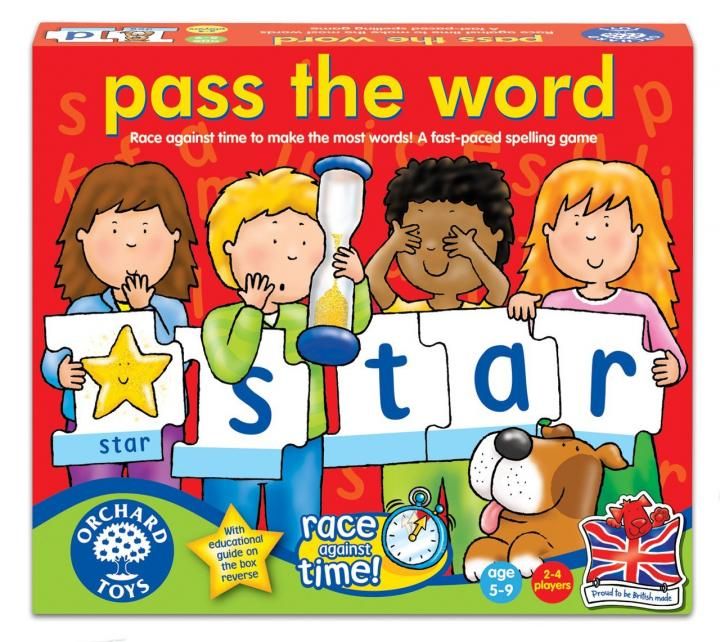 An image of a deck of cards is displayed on the screen, you need to click on it and a card with a word will appear, the student needs to read the word correctly and name what long sound it is. nine0005
An image of a deck of cards is displayed on the screen, you need to click on it and a card with a word will appear, the student needs to read the word correctly and name what long sound it is. nine0005
game «Phonetic wheel»
Purpose: to develop the skill of pronunciation of both the whole word and individual letters. A student or teacher spins the wheel depicted on the blackboard, English words on the topic "My family" are written on it. The wheel stops at one word and the student needs to read that word and then spell it out. We propose to use this development at the stage of fixing the received material.
Games created using the Wordwall interactive platform can be used at different stages of the lesson, such as primary consolidation, updating of previously acquired knowledge, generalization and systematization of knowledge, they can also be given to students as additional homework. In our opinion, the use of the games we have cited in English lessons will ensure the optimization of the achievement of learning outcomes by elementary school students. nine0005
nine0005
References
Albrecht KN The use of ICT in English lessons // Information and communication technologies in teacher education. - 2010. - No. 5. – Access mode: http://infed.ru/articles/45/ (accessed 13.02.2022)
Denisova L.G. The use of game elements at the initial stage of teaching English // IYaSh. - 1984. - No. 4. - P.82.
Konysheva A.V. Game method in teaching a foreign language. - St. Petersburg: KARO, 2006. - 192 s.
Kurbatova M.Yu. Game techniques for teaching English grammar at the initial stage // IYaSh. - 2006. - No. 3. - P.64-66.
Shinkorenko AV The use of interactive and multimedia technologies in English lessons in elementary grades // Pedagogics: Traditions and Innovations: Proceedings of the V Intern. scientific conf. - Chelyabinsk: Two Komsomol members, 2014. - S. 186-188.
The 12 most common bugs we encounter when testing mobile games / Sudo Null IT News0001
When a game first goes through QA, anything can happen.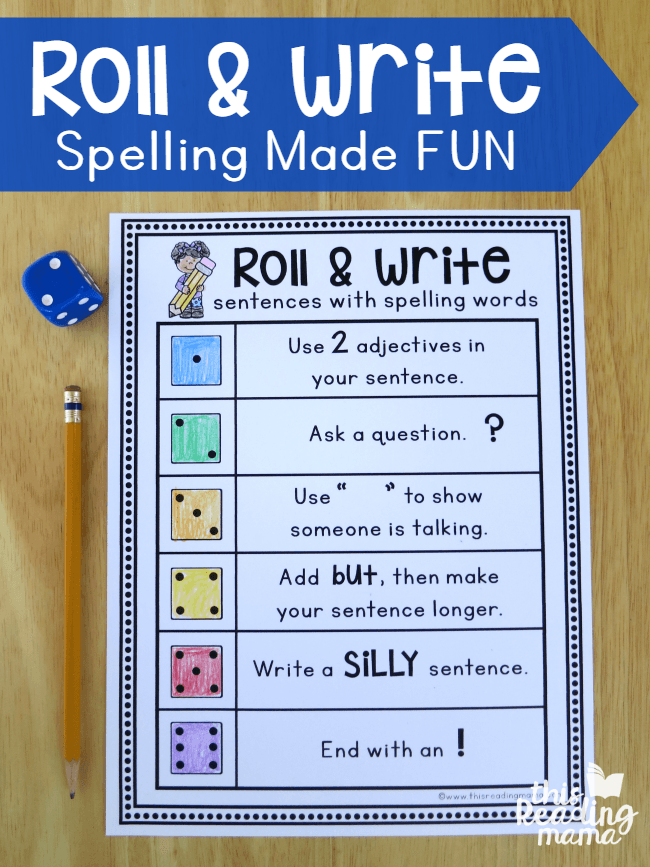 All games are different, being unique products in terms of code, and this is the first difficulty that any QA team faces: the unpredictable nature of testing.
All games are different, being unique products in terms of code, and this is the first difficulty that any QA team faces: the unpredictable nature of testing.
Initially, QA starts with checking the minimum system requirements defined by the developer, a sort of benchmark where we can expect the game to run without any major issues. We start by learning how games work on devices that meet its minimum requirements, because that's how we start to identify primary problems and bugs. Unrealistic expectations regarding the minimum requirements for games are understandable, as developers strive to ensure that their product is available to the maximum possible number of gamers in accordance with their business plans. QA testing also tests these expectations. Sometimes it happens that a game tested on a device with minimum requirements simply does not work, either because of the long time it takes to load, or because of a series of bugs, which makes the user experience impossible or not enjoyable.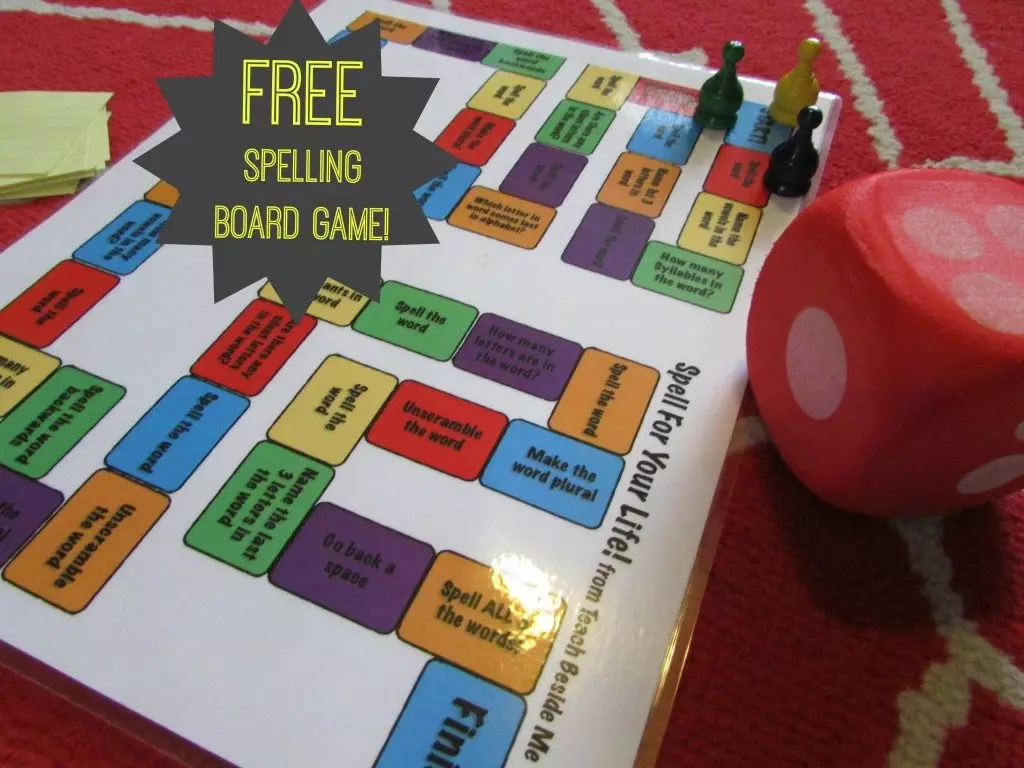 nine0005
nine0005
Finding bugs is a job that requires a lot of creativity and should not be underestimated in QA. Creative thinking during the testing phase allows you to do two things: test hypotheses about potential problems and describe bugs in understandable language to the development team responsible for fixing them. Bugs and bugs begin to show up when the game is played in ways that were not intended by the programmers, and if these bugs are ignored, it can negatively affect the success of the game in the future. nine0005
Our TagWizz QA team shared the twelve most common bugs that occur during testing:
Crashes
One of the most common bugs is a game crash. It usually happens when a player performs an action in the game for which it is not programmed or which the developers did not foresee, and, as a result, the application crashes. A million factors can cause this problem. In fact, from a technical point of view, there are a lot of them, so creative thinking is simply necessary in order to find and reproduce the bugs that crash games and pinpoint the cause of the problem. nine0005
nine0005
Freezes
Freezes are very similar to crashes and are usually classified in the same category. They happen when an action not programmed in the game is performed and the game just freezes. As with any bug, there are many reasons for this, but one of the most common is memory overload. In this case, the roots of the problem go to the minimum system requirements of the game.
Another common cause of freezes is when a game uses async when executing tasks, and one task is waiting for another to complete, but the latter fails or doesn't complete at all. This often happens when working with data loaded from a server. nine0005
Bugs with in-game purchases
Bugs with in-game purchases is a very delicate issue, because when the application does not recognize the purchase made, it causes anger and dissatisfaction among users. Of course, after all, users have invested their money, and the game did not provide what it promised. This bug can come in many forms and for many reasons, but the most common are the following three:
-
The game is locking an item for a repurchase operation because the game registers that it has already been purchased when the purchase actually failed.
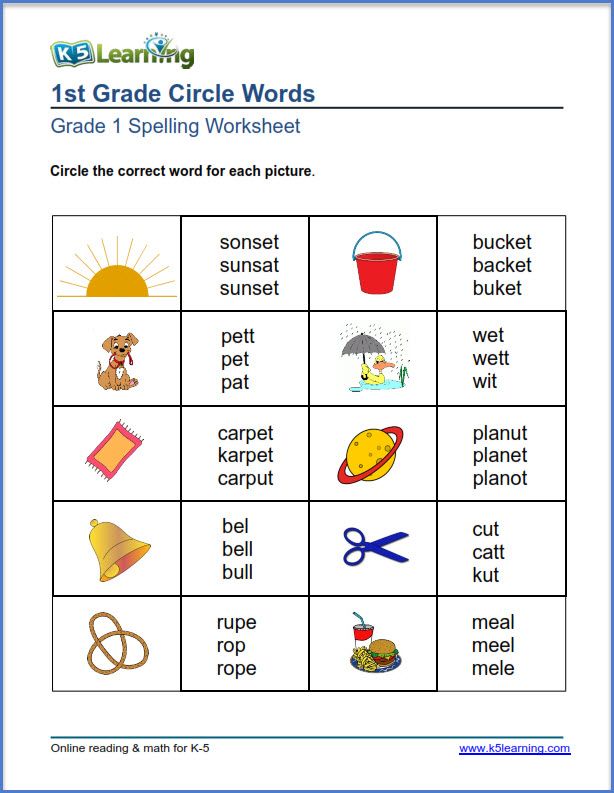 nine0005
nine0005
-
The game does not allow the player to purchase an item provided in the store because the item is not registered in the store application but is programmed to be displayed in the game store.
Visual bugs
It happens that the visual effects in the game are not quite what they should be. Not the most common, but by far the most difficult to solve, the problem can occur with the speed of the video card (GPU) or when a particular GPU of the device is incompatible with the way the game was programmed. Other causes are easier to fix, such as if the texture files are named incorrectly, causing the game to not be able to load them. nine0005
Other problems can be:
Sound bugs
Sound effects and music related bugs come in several varieties: too high or too low sound, untimely playback, erroneous playback of sound effect or music, repeated playback. Sometimes the cause is a misnamed sound file and the game can't find it.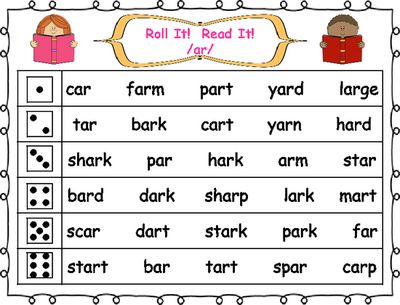 Or for example: the player interacts with an element that is accompanied by a sound, but the sound continues to play repeatedly after the context is passed, breaking the gameplay. nine0005
Or for example: the player interacts with an element that is accompanied by a sound, but the sound continues to play repeatedly after the context is passed, breaking the gameplay. nine0005
Collision bugs
Collision bugs are a fairly common type of bug in 3D environments and occur when players move into areas that cannot be accessed, such as when they cross walls and doors. They also appear to overlap objects and other characters as if they don't exist, and their presence in a particular location was not intended by the developers, unless the original intent was to give the player the experience of playing in a disembodied existence. Otherwise, material collisions are expected to work as they would in reality. This bug occurs when developers or level designers miss something when delimiting zones and objects, and can lead to gameplay disruption when players are trapped in an area or object, or when there is an invisible barrier that prevents the player from playing the game normally. In other cases, the player may watch their character simply fall into the void. nine0005
In other cases, the player may watch their character simply fall into the void. nine0005
Navigation bugs
Navigation menus can also interfere with gameplay, as sometimes game menus are programmed incorrectly such that the pointer leads to the wrong menu, or the menu becomes inaccessible, or the player gets stuck in a menu that they cannot exit. This is usually due to problems in the navigation programming logic, causing an unintended action to run on its own or get blocked.
Gameplay bugs
In the event that the game does not follow what is provided for by the rules of the game, or an unintended action is performed, a gameplay bug occurs. This bug can manifest itself literally in an infinite number of ways, for example, when an element does not behave as it should, in accordance with the context provided to the player, in accordance with elements that should be destructible, but not destructible (or vice versa not destructible) , or actions with unforeseen consequences, tools or weapons that do not affect enemies or the environment.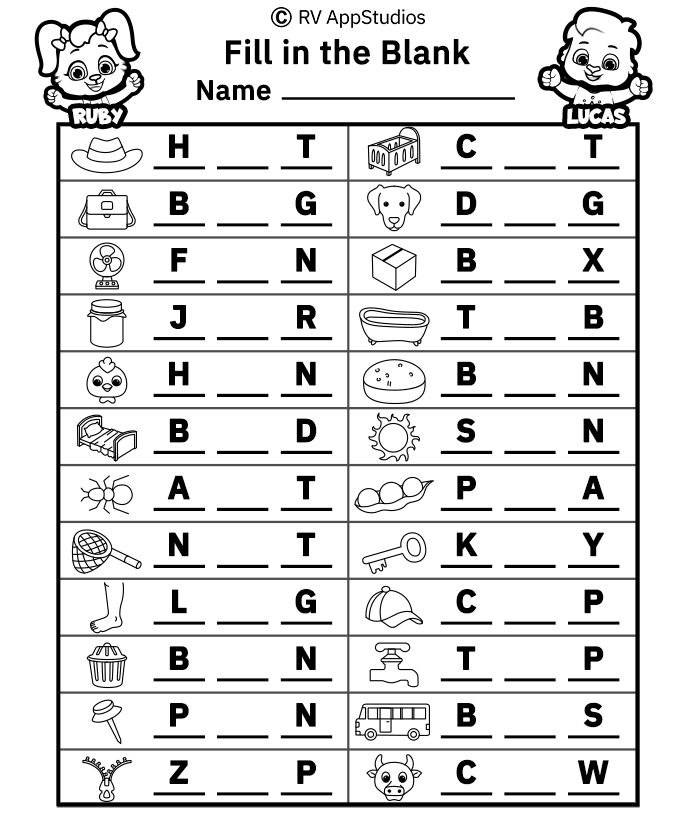 It is not uncommon for “the enemy is bugged” or “the weapon is bugged” and so on. This means that the game is not doing what it should be doing regarding that particular gameplay element. nine0005
It is not uncommon for “the enemy is bugged” or “the weapon is bugged” and so on. This means that the game is not doing what it should be doing regarding that particular gameplay element. nine0005
One of the key elements is that the QA should have the project's game design documents (dzdok) available to compare the actual behavior of the game with the planned one.
Bugs when loading resources
Sometimes when a game loads its resources, it loads them incorrectly, in the wrong place, in the air, under the floor, and sometimes it doesn't load them at all. It's quite common to see stealth loading bugs like this when the player moves from one area to another, and while the new area is loading, the game skips some resources because it didn't have enough time to do so. For example, like something that needs to appear in a game where the player can move faster than the time it takes the system to load new resources. Breaks the game even more when the player character is loaded inside an object, or in a situation where it means certain death, such as in a free fall, or in the middle of an impossible challenge.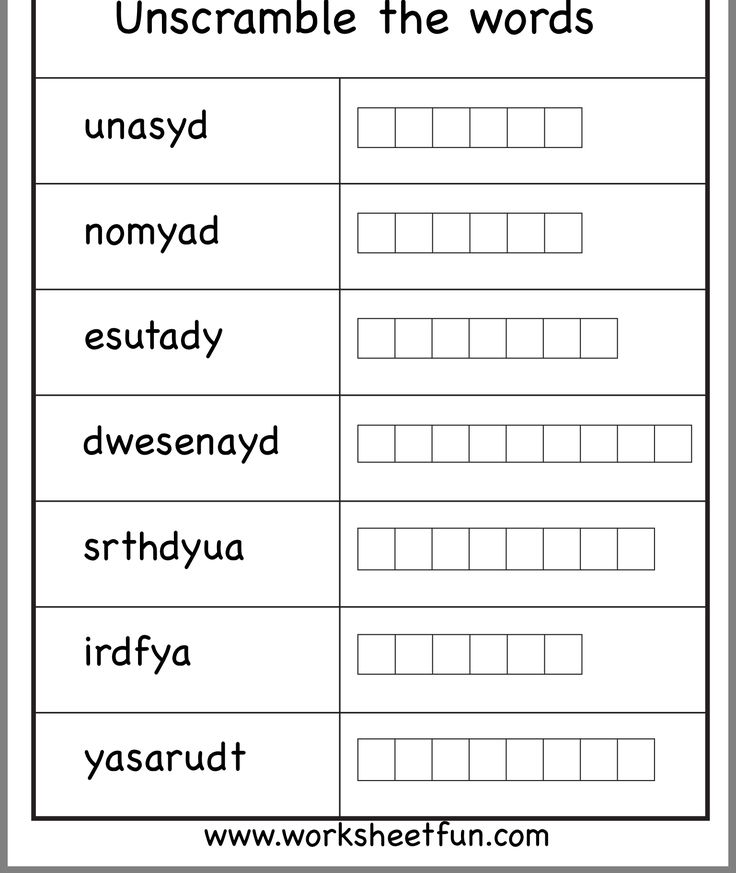 nine0005
nine0005
Bugs with text localization
Games usually contain texts that can be a lot of trouble, starting with ancient spelling errors and grammar problems that are no exception for games. These issues are typically discovered by dedicated QA teams (QA localization teams) who are knowledgeable in a wide range of languages. In practice, QA localization is often done by the same group of people who originally translated the game into other languages. nine0005
However, many mobile games currently do not claim to be a perfect translation because it can be quite expensive. Instead, their goal is for the game to simply be “understandable”. As a result, they often use automatic translation tools such as Google Translate. In such circumstances, using the QA Localization command for a game translated by Google becomes redundant.
However, text localization bugs can be more serious than just spelling or grammar problems. Indeed, some languages require special characters that the game may not support (in which case the game only displays squares instead of letters), or different languages imply different text lengths for the same place on the screen. When this happens, the text becomes misaligned, too large or too small to display on the screen, and as a result unreadable. nine0005
When this happens, the text becomes misaligned, too large or too small to display on the screen, and as a result unreadable. nine0005
This is the main reason why it never hurts to have your game reviewed by the QA team in multiple languages. Even if they don't understand the language, they can always spot some of these problems.
Bugs with update
Before the advent of mass internet connectivity, in the days of CD games, game developers shipped products hoping for the best regarding bug fixes. Today, all games are updated by downloading from the Internet. But sometimes developers are forced to make updates so many times that the game ceases to be profitable. nine0005
Some updates can break the game, such as when the developers erase save files, or some items become unavailable, causing the game to break, or the game just crashes. These types of bugs are fixed with new updates and fixes to address issues that were introduced in previous updates.
This usually causes a lot of dissatisfaction among users who leave very bad reviews.